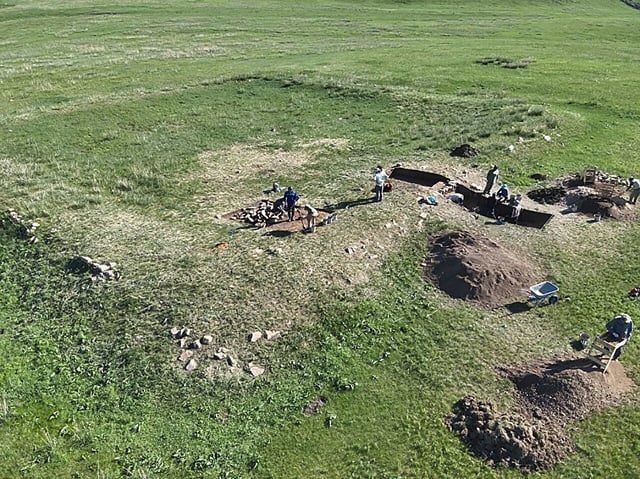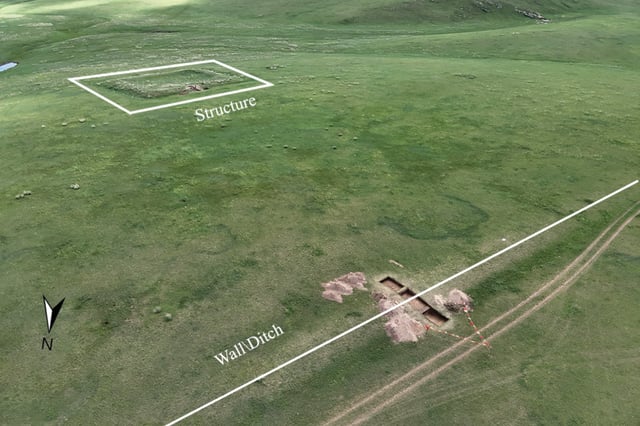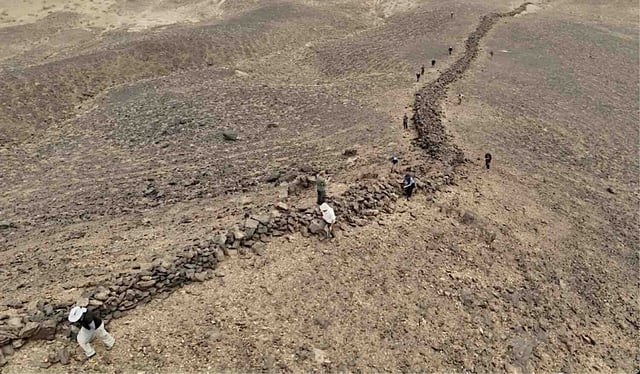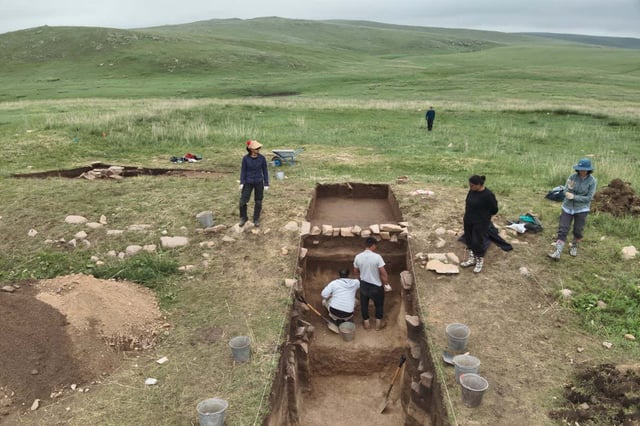Overview
- The 200-mile Gobi Wall in Mongolia’s Ömnögovi province was built by the Western Xia Empire between the 11th and 13th centuries to channel migration and commerce rather than deter large-scale attacks.
- The Medieval Wall System spans roughly 4,000 km across China, Mongolia and Russia and comprises trenches, earth walls and stone enclosures erected by Jin, Western Xia and other dynasties.
- Excavations at garrisons uncovered heated stone platforms, Song and Western Xia coins, ceramics and agricultural remains, indicating year-round occupation and administrative duties.
- Environmental surveys mapped wells and saxaul shrubs to guide wall alignments and garrison sites, reflecting deliberate logistical planning and resource optimization.
- The absence of these fortifications in Mongol invasion records and the prevalence of shallow ditches confirm their limited military value and support their use as border management structures.



